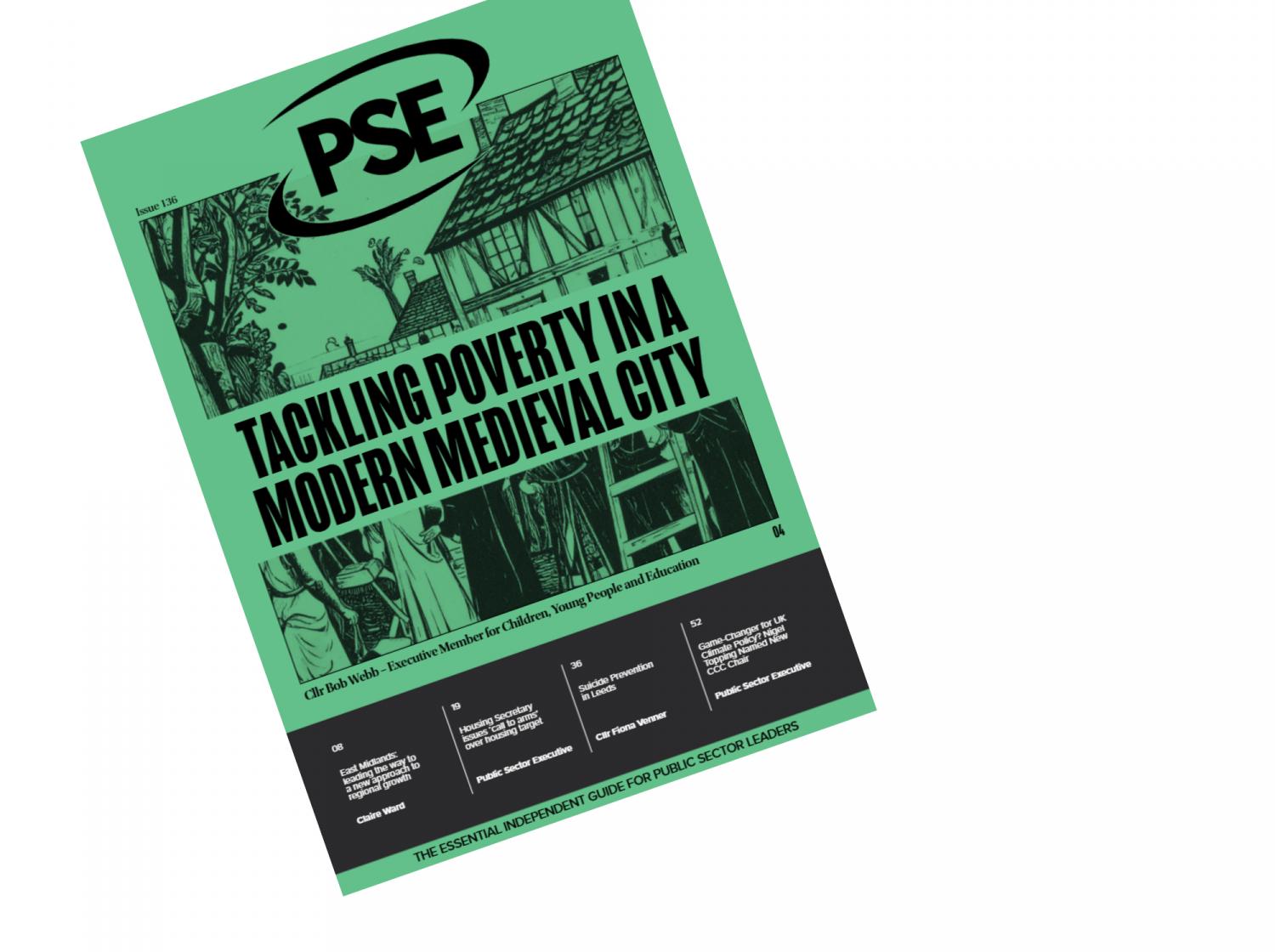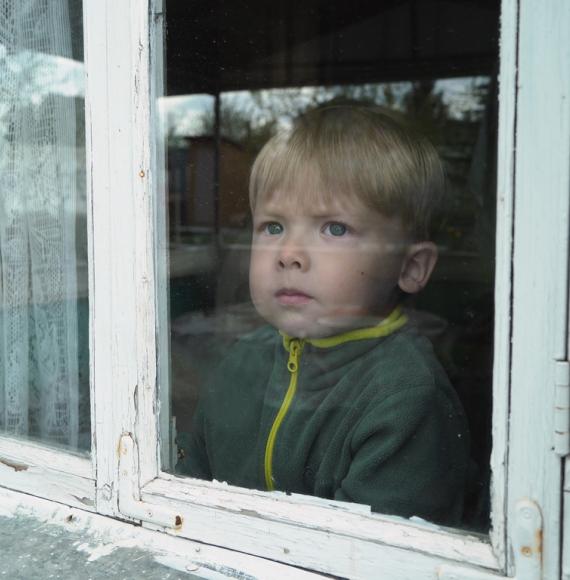A new survey by the Local Government Association has revealed that just 2% of councils in England believe the government’s proposed £842 million-a-year Crisis and Resilience Fund will be sufficient to meet local welfare needs to a great extent.
The findings raise serious concerns about the future of local welfare provision as the government prepares to replace the Household Support Fund and Discretionary Housing Payments (DHP) with the new CRF from April 2026.
Two-thirds of councils reported a rise in household financial hardship over the past year, with most expecting the situation to worsen. The CRF is intended to combine emergency support with preventative measures to build long-term financial resilience—but many councils fear it will be underfunded and difficult to implement.
While councils welcomed the idea of a more sustainable, multi-year fund, only 15% are confident the CRF will be ready for rollout by April 2026. Key concerns include:
- Tight delivery timelines
- Insufficient funding
- Increased administrative burden
Chair of the LGA’s Health and Wellbeing Committee, Cllr Dr Wendy Taylor, said:
“Financial security and wellbeing are closely intertwined with the overall health and wellbeing of individuals and families and life expectancy, so reducing financial hardship can have a direct impact on reducing existing health inequalities across the country.
“We are pleased that the Government has maintained funding for local welfare support through the new CRF by bringing together the current HSF and DHP schemes. However, it is important that the best of these schemes is retained, particularly their role in supporting long-term financial resilience.
“Streamlining the funds together will be a challenge as they are currently administered by different tiers of local government, with different rules and purposes. Local councils are ready to work closely with DWP and MHCLG as they develop and implement the new approach.
“Councils should have a key role in commissioning and the delivery of these services to ensure that they can be effectively integrated with local services to improve health and wellbeing and deliver for those households in most need. Local councils are best placed to represent the needs of their residents. With only 15 per cent of councils confident the new fund will be ready to implement by April, it is vital that the development of the new approach is informed by the experiences of residents, support organisations and councils.”

The LGA survey also found that over two-thirds of councils support a statutory requirement for local advice services, and nearly half of upper-tier councils already operate additional local welfare schemes to support vulnerable households.
Councils acknowledged the potential benefits of merging the HSF and DHP into a single fund, but stressed that adequate funding and clear implementation plans are essential to avoid leaving families without vital support.
The HSF currently provides cash-first crisis support, vouchers, and in-kind help, while also funding debt advice and financial resilience services. DHP helps residents struggling with housing costs. Without a robust replacement, councils warn that millions could be left without a safety net.
Image credit: iStock



















